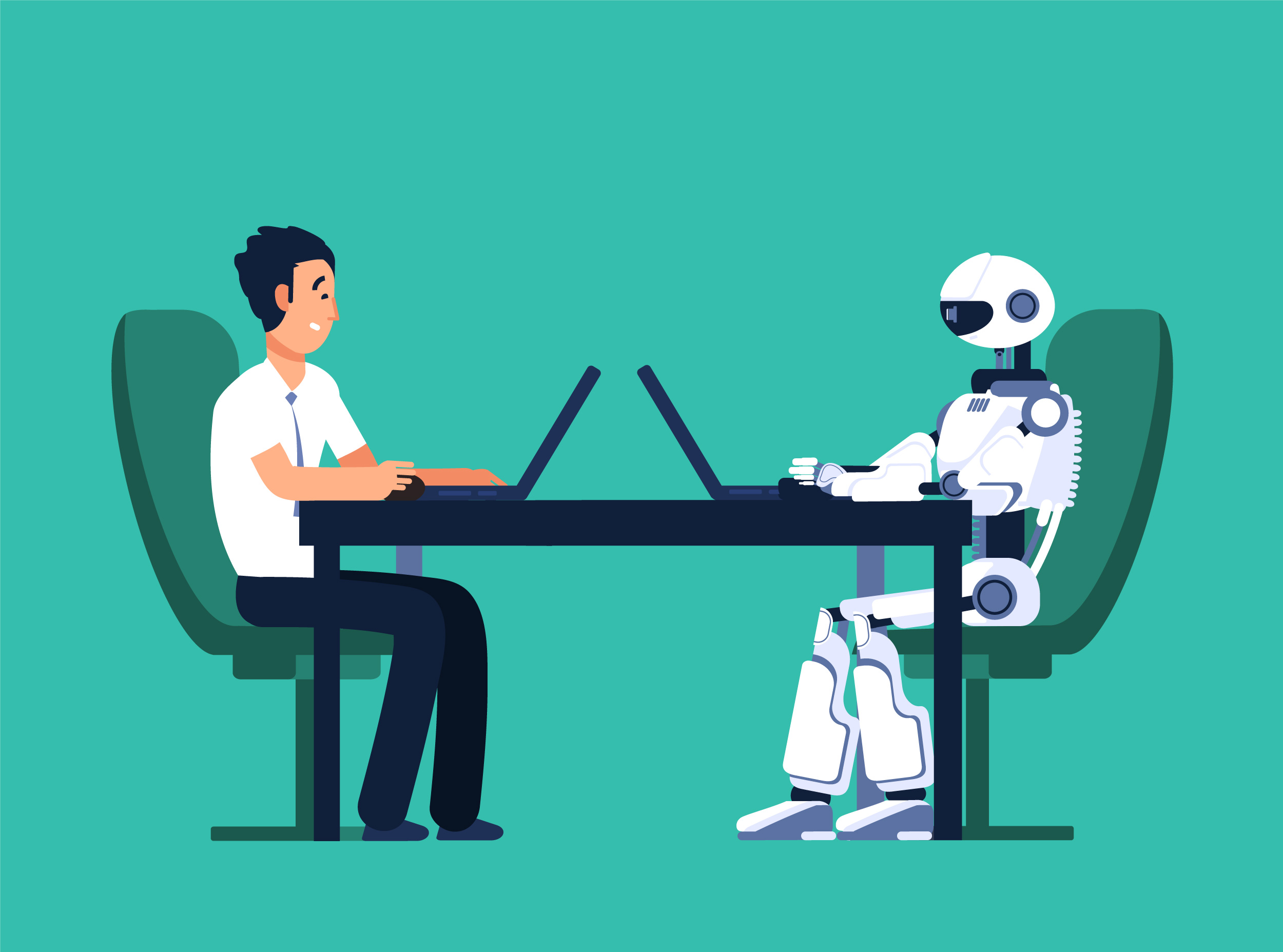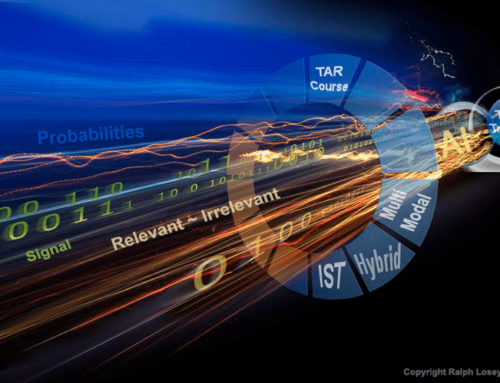Machine vs. Human Translation:
Human translators have always been the go-to for translating documents for legal proceedings. Humans have linguistic expertise, a better understanding of cultural context, and the ability to make judge calls on what and how to translate. Machine translation (MT) is a great alternative to human translation for some types of lead content. MT has a faster turnaround and lower cost. However, a hybrid approach of human and machine is the most effective strategy.
After the discovery and review process is complete, the best way to translate (human or machine) foreign language content must be decided. What are the differences between machine vs. human translation? There are three variable to consider: quality, speed, and cost.
Quality – Human translation provides greater accuracy especially with legal and technical documents. A team of linguistics and legal experts are able to make better decisions on the best way to translate content. Although, artificial intelligence is rapidly catching up with its understanding of context and cultural nuances. MT can also produce more consistent translations.
Speed – Deadlines are critical. MT provides the fastest turnaround time. Simply put, humans can’t possibly match the volume and speed of machine translation.
Cost – Between human translators and machine translation, there are significant costs savings with MT. MT can save time and money during the process and also can help identify content that requires further review.
Machine vs. human translation…which is better? The ideal situation is to use both human and machine translation. It is best to leverage the speed and actionability of AI-enabled MT processes, design configurable workflows to streamline automation, and then use professional human reviewers and translators for blended tasks. MT is the first stage in translating huge volumes of data while human translation is used to finalize and quality control the results.
For more Tidbits & Thoughts, please click here.






